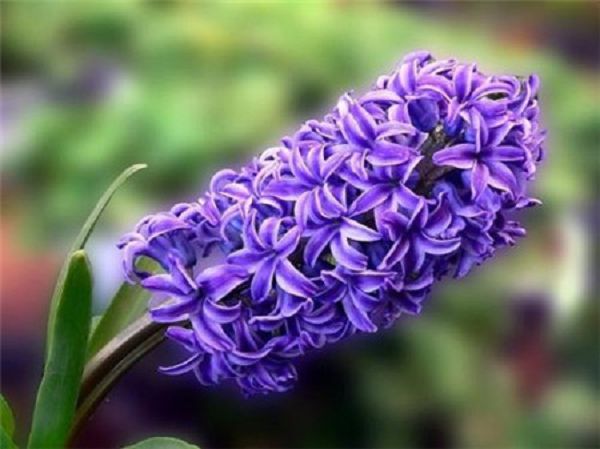Cultivation techniques of Phalaenopsis
Flower butterfly orchid florescence should strictly control the temperature, not too high or too low. The optimum temperature is from 15 ℃ to 18 ℃ at night, and from 23 ℃ to 25 ℃ during the day. The continuous low temperature below 14 ℃ can cause bud growth retardation, even sepal frostbite, flower malformation and complete loss of ornamental value. On the other hand, too high temperature (more than 20 ℃ at night and more than 27 ℃ during the day) will accelerate its metabolism and shorten the florescence greatly.
The water required for the whole flowering period should be lower than usual, and under the premise that the normal growth of the plant is not affected, the dryness of the medium is helpful to the flower color. Humidity is about appropriate to squeeze the medium fingers with a sense of moisture, not too dry or too wet. If the medium is too dry, it will lead to leaf wilting, resulting in permanent wilting, making the leaf soft wrinkle and dull, seriously reducing the overall ornamental value. However, the cultivation medium is too wet and waterlogged, and the oxygen in the seedling bag is squeezed out by water. If it lasts for a week, the plant growth will be frustrated and the leaves will be wrinkled and wilted, which will seriously affect the flower bud development, the flower blossoms are small and dull, the petal margin is scorched yellow, and the whole plant has no appreciation value.
The light intensity needed by the flowering plant is very different from that in the early stage, which needs shade and shade, so it is necessary to remove the shade during this period. The strong light intensity helps the flowers to stretch, the arrow nodes are uniform and the flowers are colorful. At this time, there is no need to enhance the light intensity, and there is no need to follow a fixed and accurate light intensity data.
The flower Phalaenopsis is originally produced in a place with high temperature and humidity, which requires high air humidity throughout the growth cycle, especially in the later stage, the relative humidity should reach between 80% and 85%. Higher air humidity is conducive to the bright spread of flowers. The relative humidity had better not be less than 80%. If the relative humidity is below 60%, the flowers will shrink. The air should be dry from noon to afternoon every day, and when the sun is strong, sprinkle water on the open space several times to increase air humidity and help cool down.
During this period, we should pay attention to the indoor air circulation, let the indoor air exchange with the outdoor fresh air, and provide enough fresh carbon dioxide for Phalaenopsis. The more carbon dioxide in a certain space, the longer the flowers bloom.
In the later stage, the flower Phalaenopsis plant basically stopped growing or grew weakly, and there was no need to apply fertilizer in this period, which would lead to rotting roots. However, the author's comparison in production shows that a small amount of fertilization is helpful to flowering and the quality of flowers is good, while the unfertilized plants show that the flower arrows grow hard and brittle, the inflorescence internodes are too long and the flowers are too large. Rarefied liquid fertilizer is applied every half day, and the proportion of fertilizer should be more emphasis on phosphorus and potassium fertilizer.
Related
- What if the leaves of potted flowers turn yellow?
- Florescence Control of several Flowers
- Anti-freezing technology and post-freezing nursing technology of flowers
- What is the classification of flowers? What are the common methods of flower classification?
- Prevention and control of alkali and acid damage of flowers in courtyard
- Technology of Anti-freezing and restoring growth of Flower seedlings in greenhouse and greenhouse
- How does flower fertilization not hurt the root? Fertilization technology of flowers
- Key points of disinfection in flower greenhouse
- Several pesticides that are banned or used cautiously in flowers
- How to fertilize the flowers that watch the leaves?



